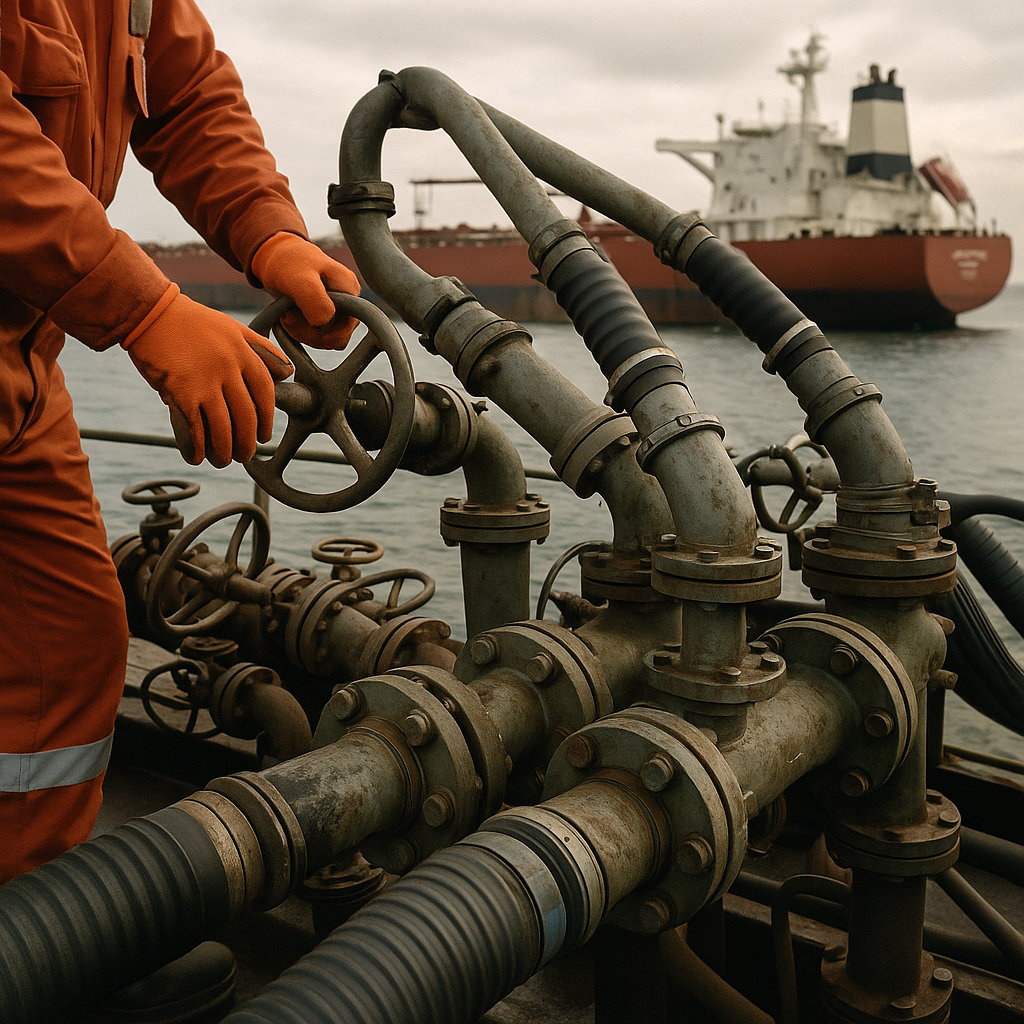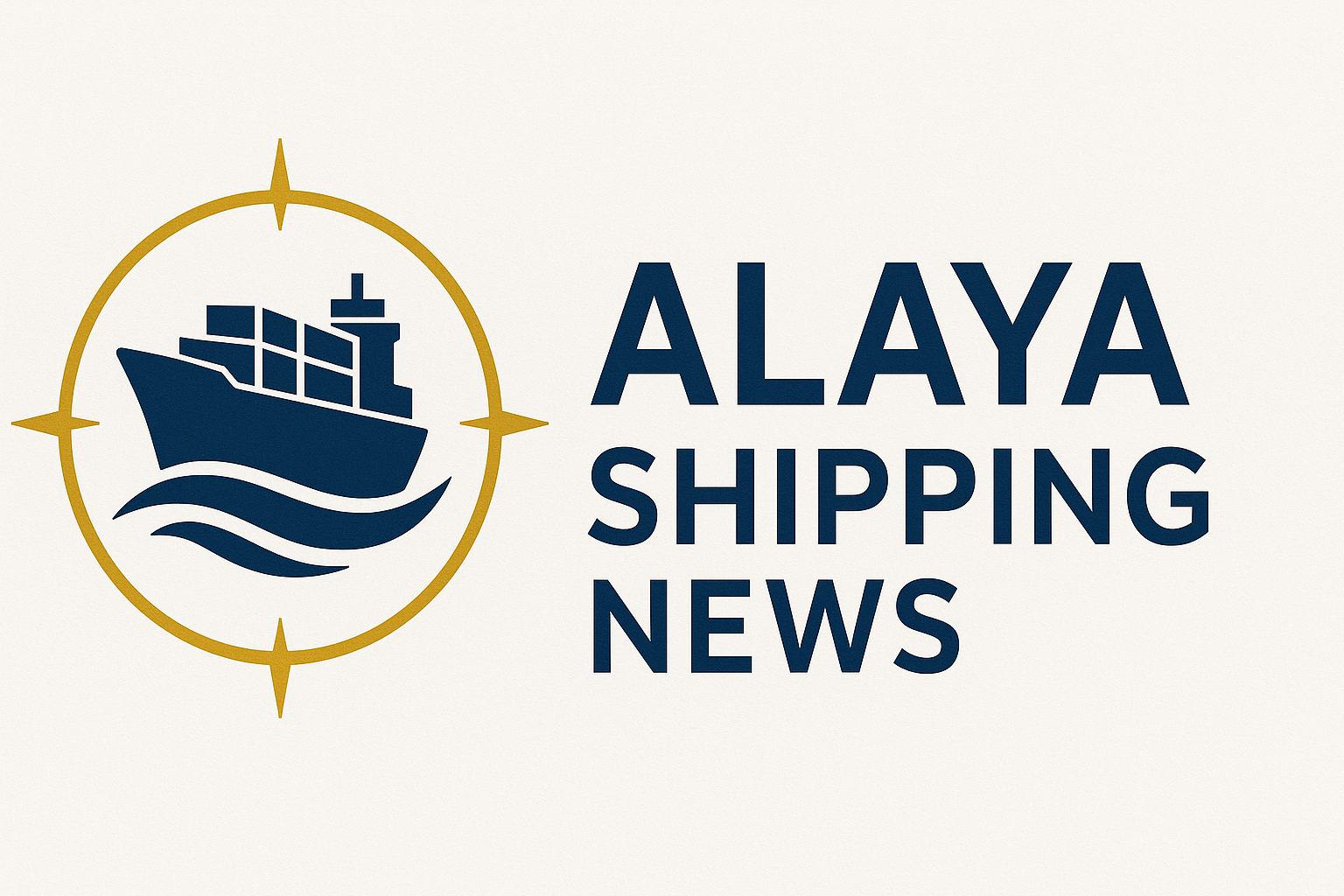
Tankers: Is a Return to Normal on the Cards?
The global tanker industry, a crucial component of international trade and energy supply, has been navigating turbulent waters over the past few years. From the pandemic-induced disruptions to geopolitical tensions and regulatory changes, the sector has faced a series of challenges that have significantly impacted its operations and profitability. As the world gradually stabilizes, industry stakeholders are keenly observing whether the tanker market is on the cusp of returning to pre-crisis norms. This analysis delves into the current state of the tanker industry, exploring key factors such as freight rates, fleet dynamics, and geopolitical influences to assess the likelihood of a return to normalcy.
Freight Rates: A Volatile Recovery
Freight rates are a critical indicator of the health of the tanker market. According to Hellenic Shipping News, the tanker industry has experienced considerable volatility in freight rates over the past few years. The initial phase of the COVID-19 pandemic saw a dramatic drop in demand for oil, leading to a sharp decline in tanker rates. However, as economies began to recover, there was a resurgence in demand, albeit unevenly distributed across regions and tanker types.
Currently, freight rates are showing signs of stabilization, but they remain below the peaks observed during the height of the pandemic when storage demand surged. The recent trends suggest a gradual recovery, with rates nearing pre-pandemic levels, particularly for routes connecting Asia and the United States West Coast. This recovery is attributed to the easing of supply chain disruptions and a more balanced supply-demand equation. Yet, the market remains sensitive to fluctuations in global oil demand and supply, which could impact the pace and sustainability of this recovery.
Fleet Dynamics: Adjustments and Expansions
The tanker fleet has undergone significant adjustments in response to market conditions. As reported by Hellenic Shipping News, there has been a notable shift in fleet composition and deployment strategies. During periods of low demand, many operators opted to lay up vessels or slow steam to reduce operational costs. However, with the gradual recovery in demand, there is renewed interest in fleet expansion and modernization.
Shipowners are increasingly investing in new, more efficient vessels to comply with stricter environmental regulations and to capitalize on the anticipated upswing in demand. This trend is evident in the order books of major shipyards, which are seeing a steady influx of orders for new tankers. The focus on fleet renewal is also driven by the need to replace aging vessels that are less competitive in terms of fuel efficiency and emissions compliance.
Geopolitical Influences: Navigating Uncertainty
Geopolitical factors continue to play a pivotal role in shaping the tanker market. The ongoing tensions in key oil-producing regions, such as the Middle East, have implications for tanker routes and insurance costs. Additionally, the evolving regulatory landscape, particularly concerning environmental standards, is influencing operational strategies and investment decisions within the industry.
According to industry sources, the recent geopolitical developments, including the easing of certain sanctions and the stabilization of oil prices, have provided a degree of certainty that is conducive to planning and investment. However, the potential for sudden geopolitical shifts remains a significant risk factor that could disrupt the market’s path to normalcy. The industry’s ability to adapt to these changes will be crucial in determining its resilience and long-term stability.
Supply Chain Realignments: Towards Efficiency
The tanker industry is also witnessing a realignment of supply chains, driven by the need for greater efficiency and resilience. The disruptions caused by the pandemic highlighted vulnerabilities in global supply chains, prompting stakeholders to reassess their logistics strategies. As reported by Hellenic Shipping News, there is a growing emphasis on optimizing routes and schedules to minimize delays and reduce costs.
This realignment is supported by advancements in technology, such as digitalization and automation, which are enhancing operational efficiency and transparency. The integration of these technologies is expected to streamline processes, improve asset utilization, and reduce the environmental footprint of tanker operations. As supply chains become more robust, the tanker industry is likely to benefit from increased stability and predictability in its operations.
Analyst Perspectives: Navigating the Future
Analysts offer varied perspectives on the future trajectory of the tanker market. Some are optimistic, citing the gradual recovery in demand and the industry’s proactive measures to enhance efficiency and compliance as positive indicators of a return to normalcy. They argue that the combination of fleet modernization, technological advancements, and geopolitical stabilization will support a sustainable recovery.
Conversely, more cautious analysts highlight the persistent uncertainties in the global economy and the potential for disruptive geopolitical events as factors that could hinder the market’s recovery. They emphasize the need for continued vigilance and adaptability in navigating these challenges.
Conclusion: Scenarios for the Tanker Market
The tanker industry stands at a crossroads, with several scenarios possible for its future trajectory. In a base scenario, the market continues its gradual recovery, supported by stable demand and effective fleet management. A bull scenario envisions a robust recovery, driven by strong economic growth and favorable geopolitical conditions, leading to sustained high freight rates and increased profitability. Conversely, a bear scenario could unfold if geopolitical tensions escalate or if there are significant disruptions in global oil demand, resulting in prolonged volatility and uncertainty.
Ultimately, the tanker industry’s ability to navigate these scenarios will depend on its adaptability, strategic investments, and resilience in the face of ongoing challenges. As stakeholders continue to monitor these developments, the question remains: is a return to normal on the cards, or will the industry need to redefine what normal means in a rapidly changing world?
Sources (selection):
